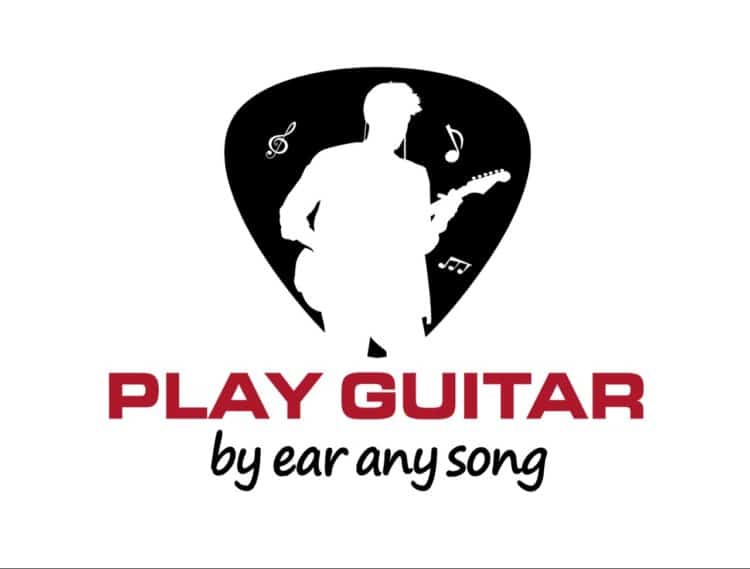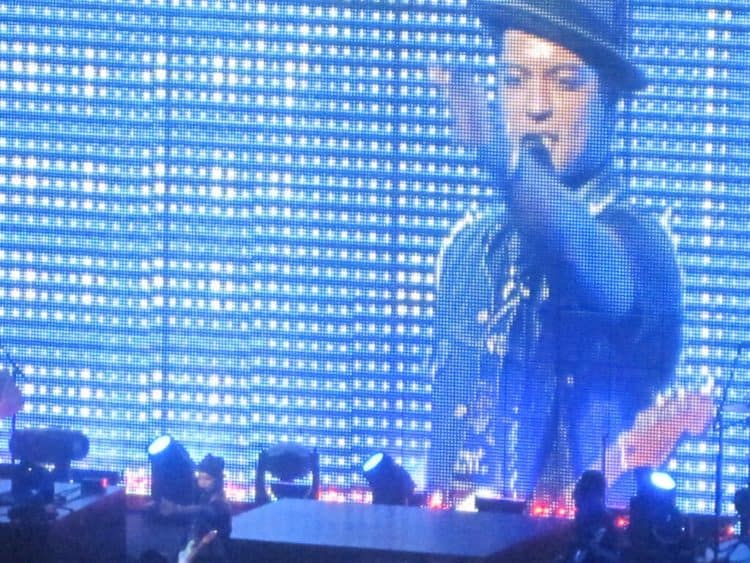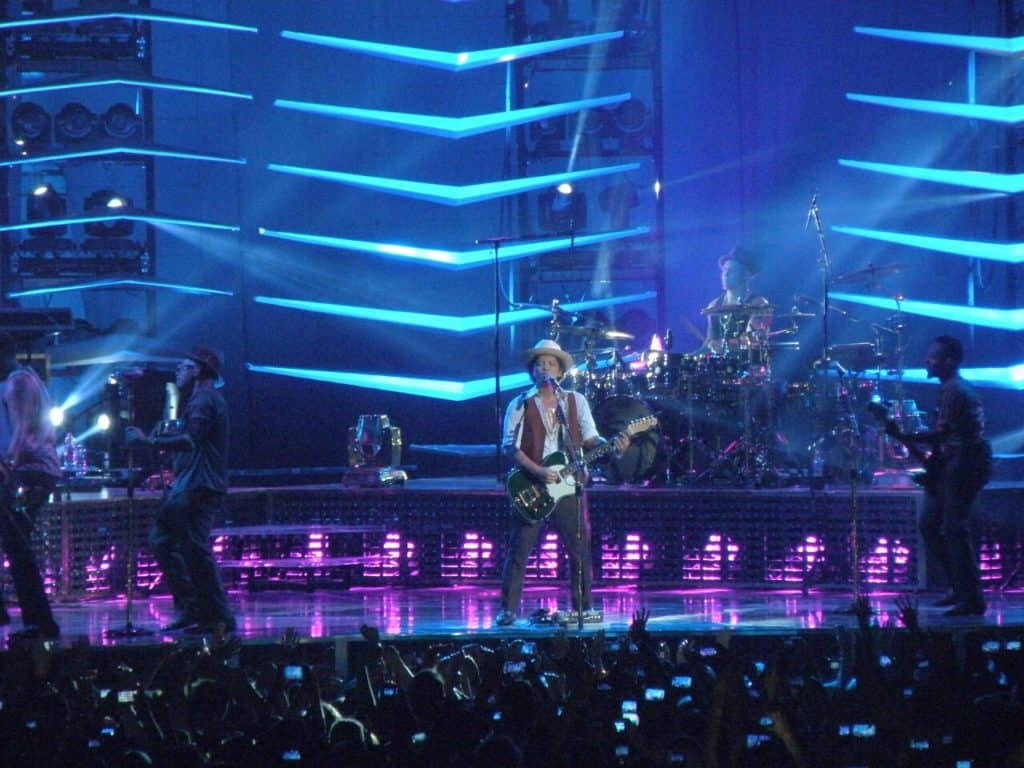
Have you noticed that when your famous rock stars play solos, that it seems SO easy to them? Well I’m about to CRACK the secret of why it’s SO easy to them.
Now before I let you in on the secret of how they do this, I’ll have to talk about this SUPER STAR first. And his name is no other than, CHUCK BERRY!
You see, HE’S the one that started this style, long ago, probably before you were even born, some you.
NOW how’s that? Huh? How’d he come up with this style and why does it matter?
Ok enough of the questions. NOW to start explaining……
Without going into FULL detail, he came into this style by a hybridization of good ole country and good old blues, threw in some R&B and pop music and out came, ROCK AND ROLL!
Well kind of like that but of course with music there are other factors going on that make rock and roll, rock. One of which, that MUST be in rock music, to make it rock music, is, ATTITUDE!
And attitude he had. An attitude that would propel a nation. A nation, the UNITED STATES to be exact.
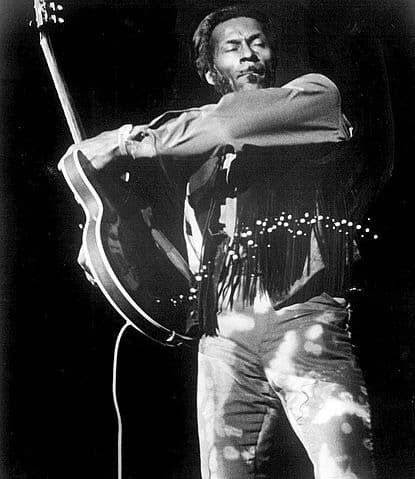
Chuck Berry with attitude. © Early 1970s. Author: 1950s Rock & Roll Revival. 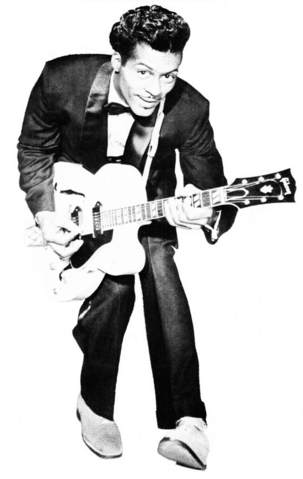
Chuck Berry
Where acts like AC-DC would spring up. Van Halen to Foreigner. Pantera and Damageplan, to now, new acts, such as, Greta Van Fleet to Bad Wolves!
But enough of that, let’s get to the heart of the matter. How Chuck Berry’s style WILL help you to play, not only solos but barre chords.
You see Chuck had a BOUNCING way ON the guitar, which also translated into you also HEARING it, being played.
But of course, it must sound good, also. And his sound, did sound good. So good a sound, that it influences all rock styles.
For without it, there is NO rock and roll.
So what’s going on here is his choice of notes ANYWHERE on the guitar. That, and a choice of the e-shape barre chord and the notes that the barre chord has, is the only choices you do have, as far as the barre chord is concerned.
But more was going on than just that with the barre chord. Which would set him apart from all guitar stars of his time.
A thing that no one was doing at the time. Kind of like what Van Halen was doing, when he was tapping in his music, that no one else was doing at his time, back in the day.
So what Chuck Berry was doing with the barre chord is, he was rocking back in forth with it.
And wherever he would play them, he would play them by rocking it back and forth with it all over the neck of the guitar, according to the notes of the song he was playing, of course.
Well what do you mean, rocking back and forth with the barre chord?
As you play the F barre chord as illustrated below you will see that it contains the notes of F, F# and G. Which makes it a F barre chord of course because the root of this chord is F.

F Barre Chord 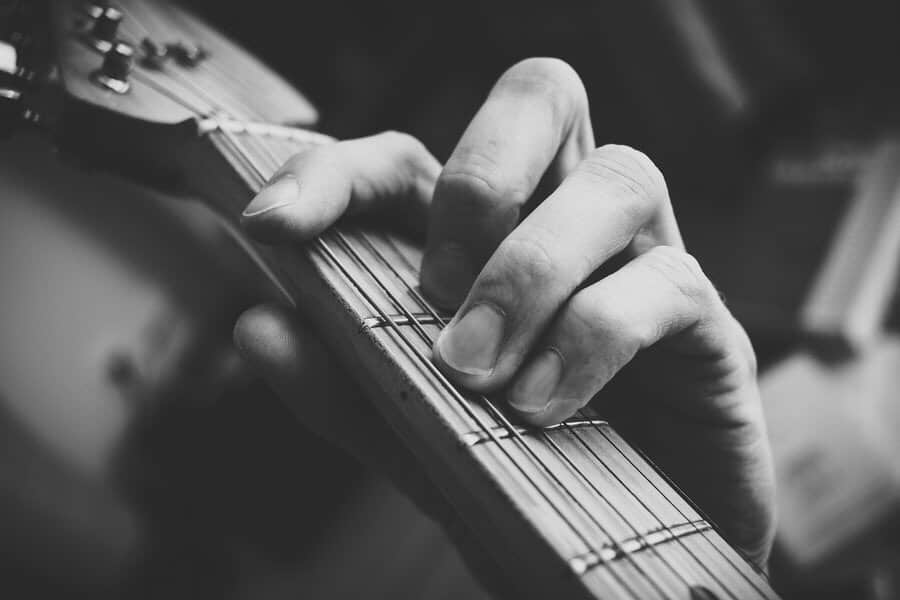
F Barre Chord
I’ll keep it simple but as you play the F barre chord begin to play the lower part of this chord first (which is the F fret section, (first fret,) now after you do this, play the G fret section, (3rd fret.)
Now, begin to play only in these two sections back and forth only, do this over and over for a while and then you will of course, have the early foundation of the Chuck Berry style.
Begin to incorporate this with, hammer ons and pull offs. And also bends can be done also, as your bouncing around with these two notes, but if you’re a beginner, it may take some getting used to.
Of course you’re going to have to get your coordination down and timing, when playing a tune.
Now When You Get Good At This Then Do This
Now when you can do this with these two notes, begin to do this all over the guitar, with your barre chord. As you do this, just play this way anywhere on the guitar, up and down the neck. Going to different frets, wherever you choose.
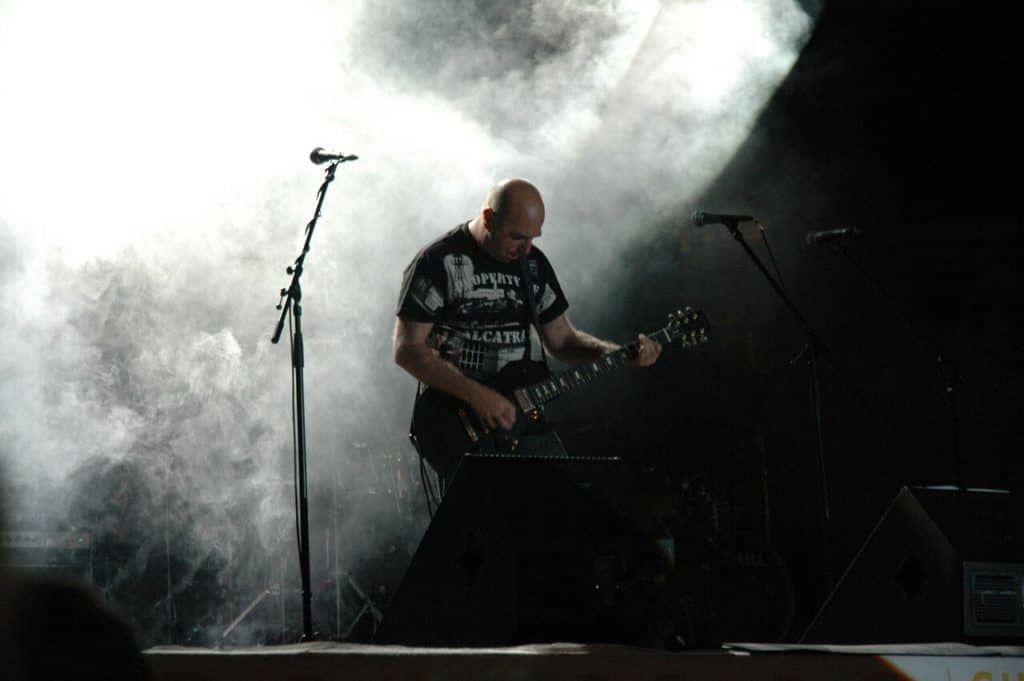
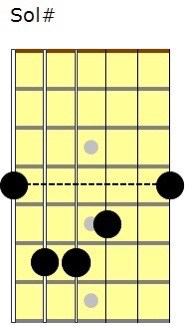
E shape barre chord, for use ALL over the guitar 
Then after you get good doing this, strike a tune, play a tune, making it sound like music.
Then when you get real good, start to play it to songs where it sounds like they are doing this in the songs you are playing. Because you will hear it from time to time in any rock song you are listening to. Because that’s what rock and roll is all about. Well at least some it.
Now Let’s Turn Those Barre Chords Into Solos
Now let’s turn those barre chords into solos, or should I say, let’s use barre chords to play solos.
MANY people, and some musicians don’t know that a majority of solos are played with the barre chord shape.
They think that it is some intricate form of playing it, with each set of frets, with only your four fingers, in and of itself, one finger at a time, with no sense of shape.
A one by one playing of strings. Kinda of like those piano players who always play the piano with no shape of any chords.
Now don’t get me wrong, sometimes it has its place but for the most part it will be accomplished with the shape of the barre chord.
Now when you’re playing with the barre chord, moving it around on the frets of the guitar, begin to match the notes you are hearing, which in this case, a solo you are hearing in a song, you are imitating. (Copying.)

Easier said than done, ahh! That’s where practice and patience come from.
Now don’t go trying to play that ol Michael Jackson song Beat It, in which Van Halen did the solo on. You want to start with an easy type of solo in the song you choose to cop. (Copy.)
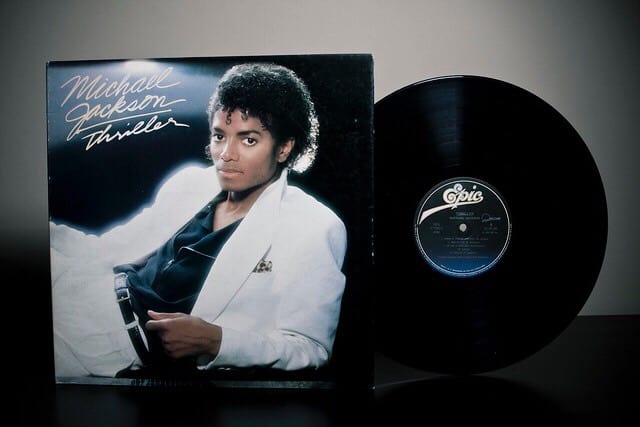
Play the solo with the shape of the barre chord you are using and don’t break the shape, (don’t stop doing the shape of the barre chord,) as your doing this.
Get a feel for what the notes are, in the solo you are copying and what the musician is doing in the song. Don’t be afraid of copyright infringement, no musician is going to sue you for copying his solo, if you’re not putting it on a major label album and sorts. But in all seriousness though, just do the best you can for now.
Because in time you will get better. Till one day you’ll wake up and say, I finally nailed that song! (Finally was able to play solos, of songs I heard.)
Of course you will play the full barre chord here and there, in the solo you are playing and then sometimes only some of the notes in the barre chord.
Just do according to what you hear in the song you are hearing and playing too. You can really tell when a musician is playing full notes and some of the notes and even one note, just use your hearing ability, (your ears.) TONE IT UP!! As they say.
Doing all this you’ll say to yourself, one day, I’m a good Imitator.
Related Questions
How to solo like a pro? Pros always do things the easy way. Common people, average people, tend to do things the hard way, those that succeed with the best are really those who make something that’s supposed to be hard, easy, such is the way of the pros, who solos with the SHAPE of the barre chord.
Are there alternatives to the barre chord? Yes, they all have its place in music, at times. They’re mostly used when some have trouble playing a regular barre chord or their fingers are small. It’s recommended you learn the regular barre chord, as all musicians use them.
Photo credits:
Big screen image of Bruno Mars photo courtesy of ohitsyo from flickr.com: https://creativecommons.org/licenses/by/2.0/
Bruno Mars on stage with blue shining lights Image by Markéta Machová from Pixabay
F barre chord image credit and Attribution: TheOld at Dutch Wikipedia https://creativecommons.org/licenses/by-sa/3.0/deed.en
Chuck Berry (1958) photo courtesy of Pickwick.This work is in the public domain in the United States because it was published in the United States between 1924 and 1977 without a copyright notice. https://creativecommons.org/publicdomain/zero/1.0/
Chuck Berry with attitude. Swinging and playing guitar. Black and white picture. © Early 1970s. Author: 1950s Rock & Roll Revival. https://creativecommons.org/publicdomain/zero/1.0/
E shape barre chord image courtesy of Elenaf. Public domain images: https://creativecommons.org/publicdomain/zero/1.0/ Check out Elenaf’s great site by clicking on the link ahead: Attribution: Created with Neck Diagrams editor, http://www.neckdiagrams.com
Michael Jackson’s Thriller album photo courtesy of Philip Rood from Flickr.com https://creativecommons.org/licenses/by-nd/2.0/
